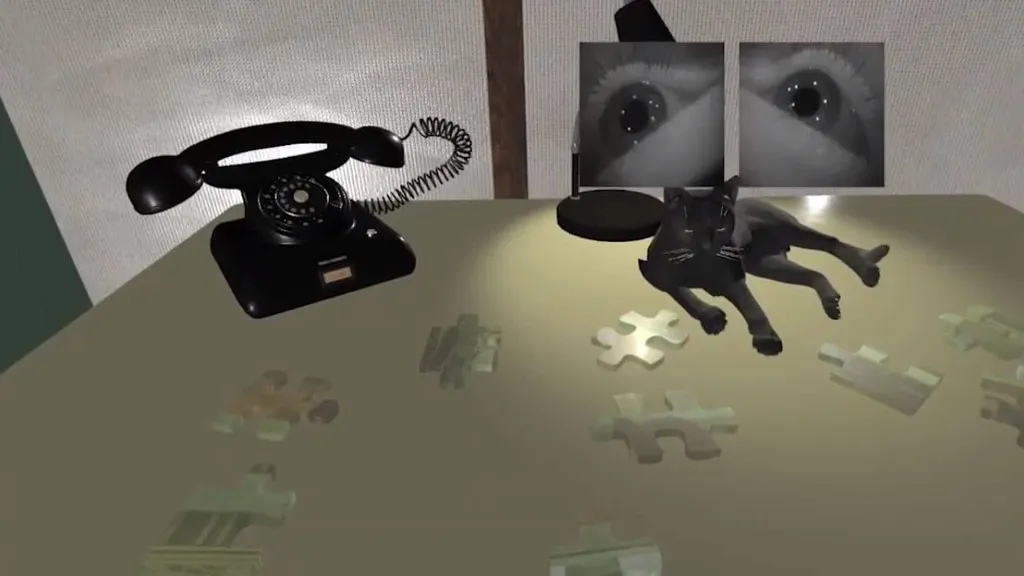Microsoft researchers released some new work related to eye-tracking this week.
The 13-page paper titled Mise-Unseen: Using Eye-Tracking to Hide Virtual Reality Scene Changes in Plain Sight is written by Microsoft intern and University of Potsdam PhD student Sebastian Marwecki, along with Microsoft researchers Andy Wilson, Eyal Ofek, Mar Gonzalez Franco, and Christian Holz.
Accompanied by a video, the paper explains how eye-tracking allows for a scene to change by keeping track of where the eyes are pointed and changing things only in the peripheral vision.
Eye-tracking for VR is not a new idea and some headsets already have the technology built in. Work is underway, however, at all the major companies to more accurately and reliably track eye movements because next generation headsets may be able to use the information in various ways. The paper from Microsoft researchers helps explain some of those potential applications. For example, objects in a scene can be changed to help a user solve a puzzle. Likewise, gaze can be used to predict which of several options a user might be inclined to pick. The video above demonstrates this with two weapon choices and a single physical prop. Using the gaze of the user, the software determines which weapon the user is likely to pick, and then moves that virtual weapon to line up with the physical prop.
Perhaps most interestingly, the report covers the application of foveated rendering to improve rendering efficiency while also exploring the idea of gaze-tracking as a method for reducing sickness induced by simulated locomotion. The paper compares a popular approach used in VR software design for reducing sickness that, during periods of fast simulated movement, reduces the field of view of what you can see into a kind tunnel vision. This approach was compared with another wherein “the participant had a full field of view, but motion outside the fovea was removed by reducing the update rate to 1Hz. We cross-fade between frames and add motion blur to hide the reduced update rate.” According to the researchers, “most participants preferred” this condition with one participant reporting “there is no motion sickness.”
Overall, the findings are very interesting. With research like this it is easy to see eye-tracking technology is likely to be a key part of truly next generation VR headsets.
What are your thoughts on the findings? Let us know in the comments.




























